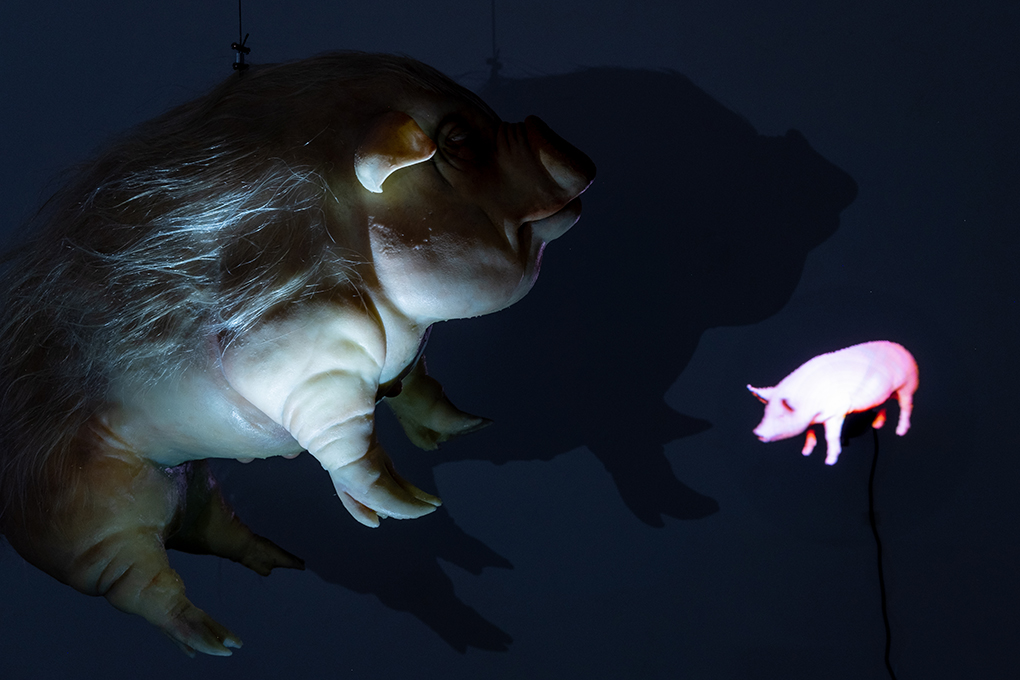 |
 |
|
Agi Haines is an internationally exhibiting practitioner, researcher and lecturer whose research looks at the propensity for design to reevaluate the nature of the material of the body in the face of nascent biomedical and healthcare technologies. For SPACE Lab, she is collaborating with Stephen Wilkins, observational and theoretical astronomer from Sussex University and Euclid space telescope astronomer who is focusing on understanding the process of galaxy formation and evolution in the early Universe. Together, they have explored the reasons, difficulties, politics, and moral aspects of sending things to space. Their thought experiments relate to speculative futures of the upcoming European Space Agency’s Euclid space telescope.
| |
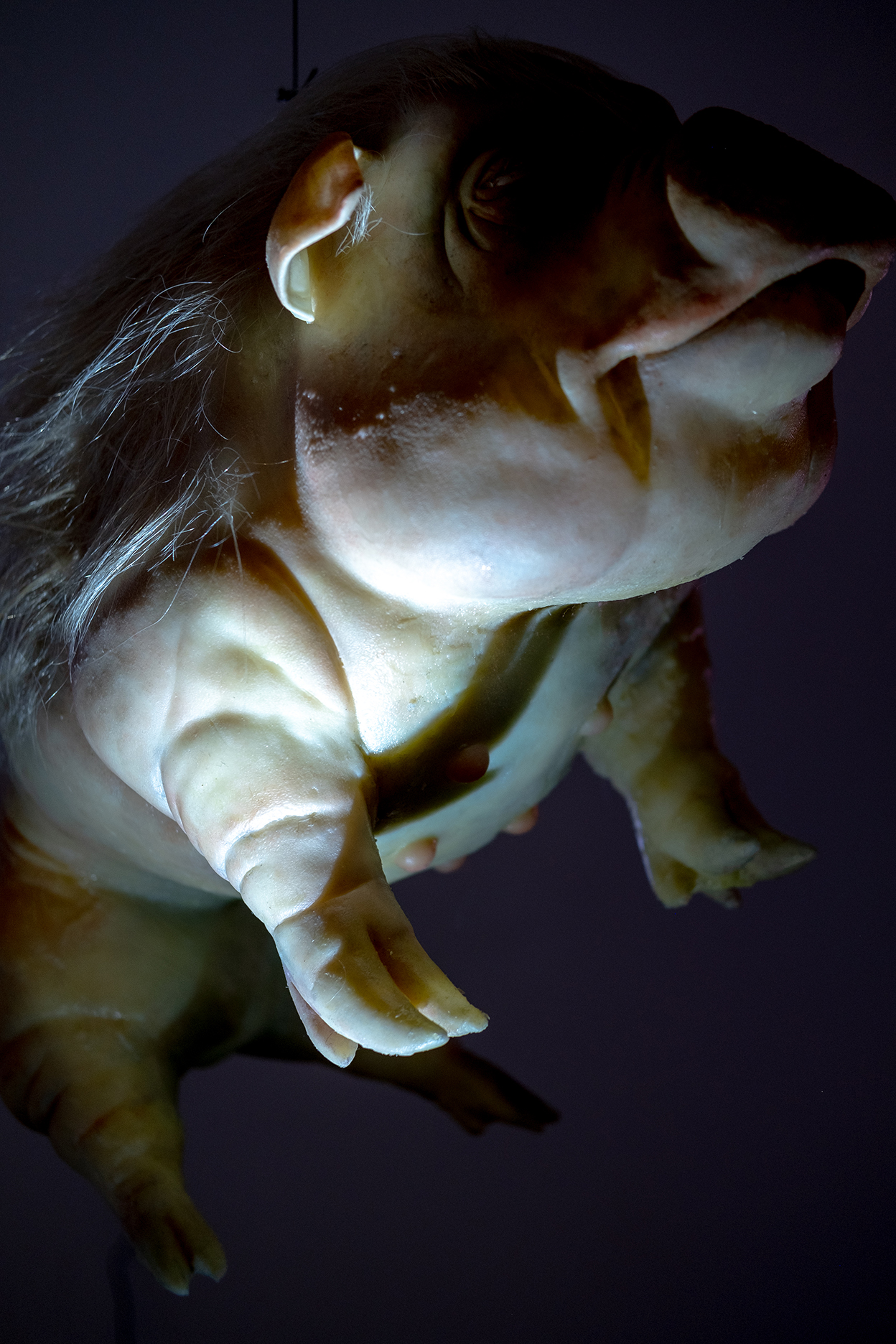 |
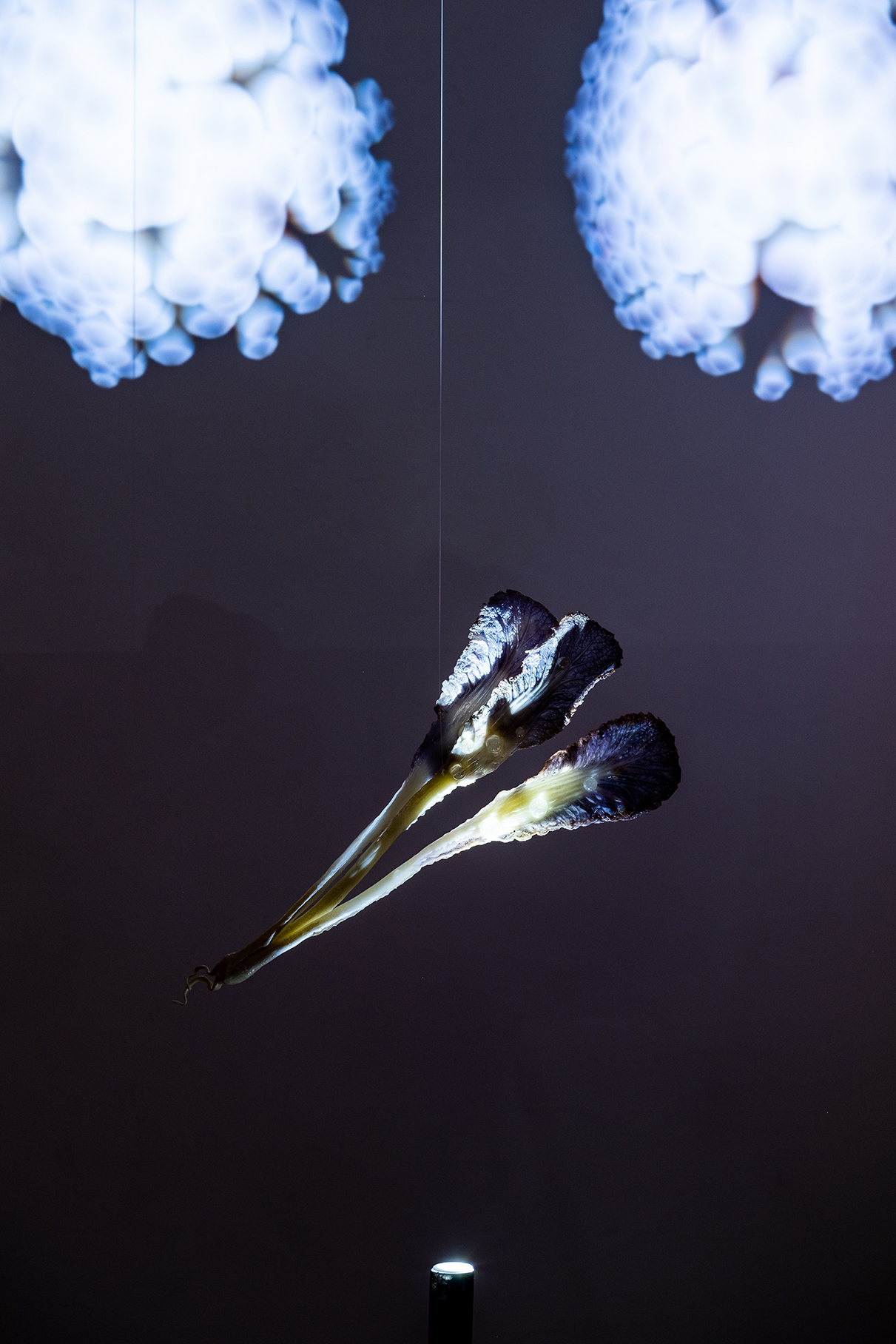 |
|
Does dark matter interact with anything? If so, how does it influence biology? Intangible dark matter may constantly pass through our bodies, with billions of dark matter particles — if its natures indeed is a particle — rushing through us every second. In one prevailing model, dark matter is composed of WIMPS (Weakly Interacting Massive Particles) that interact normally with gravity but very weakly with all the other known forces of the Universe. In this scenario, thousands of dark matter particles collide with atoms inside our bodies every year. For SPACE Lab, Haines was inspired by research goals of the European Space Agency’s Euclid mission, whose telescope will be launched into space this summer. The mission endeavours to shed light on some of the largest outstanding questions related to dark energy and dark matter. Haines’ speculations relate to collisions of matter in familiar bodies. Of the billions of WIMPs (possible dark matte particles) passing through a human body per second, roughly 10 WIMPs hit one of the nuclei in the human body in a year. WIMP interactions represent a source of radiation, so a question arises: are the collisions dangerous to humans? Haines’ Alter-terrestrials are speculations of how biological beings might alter their morphological forms as a consequence of these collisions and dangers.
| |
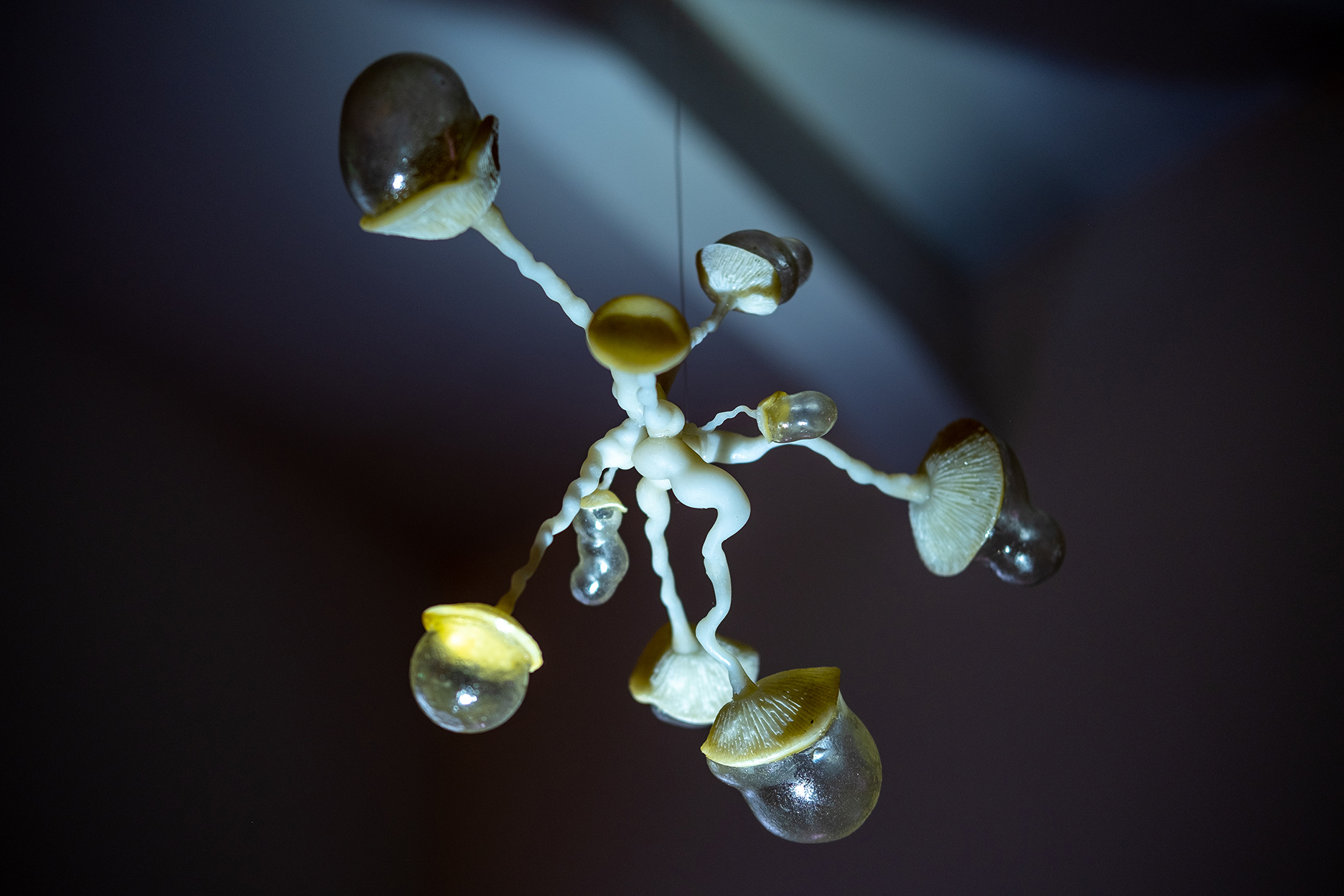 |
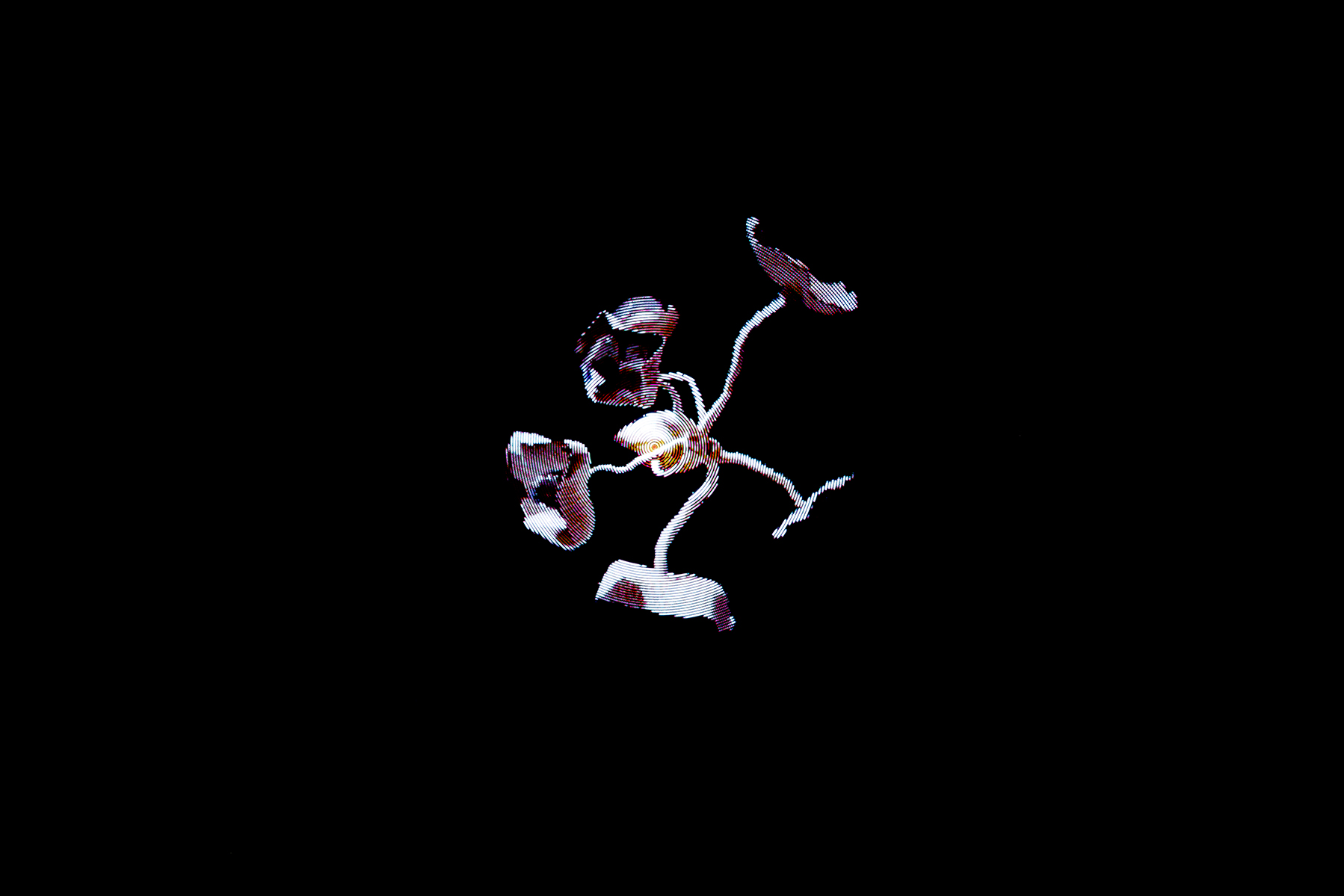 |
|
The collisions of dark matter with beings may alter the forms of these beings irrevocably and become the stepping stones to new forms of life elsewhere. Therefore, dark matter collisions may re-shape and re-design life originating from earth as we know it. AlterTerrestrial is an ongoing project exploring case studies of beings and their speculative adaptations to long term space life. A pig, a fungus and a cabbage are modelled presenting the initial adaptations, thus revealing how beings, at one time thought to be terrestrial, change to the point that reintegration on Earth would no longer be possible. These are ‘alter-terrestrials’, not quite terrestrial, being of or from earth, and not quite extra- terrestrial, being of or from space, the alter-terrestrial is a being that exists between. The models show examples of the altered morphological forms that might be the stepping stones to life elsewhere
Photography credits:
|
|
|
| |
|
|
|
|
|
|
|
|
|
|
|
|
|
|
|
|
|
|